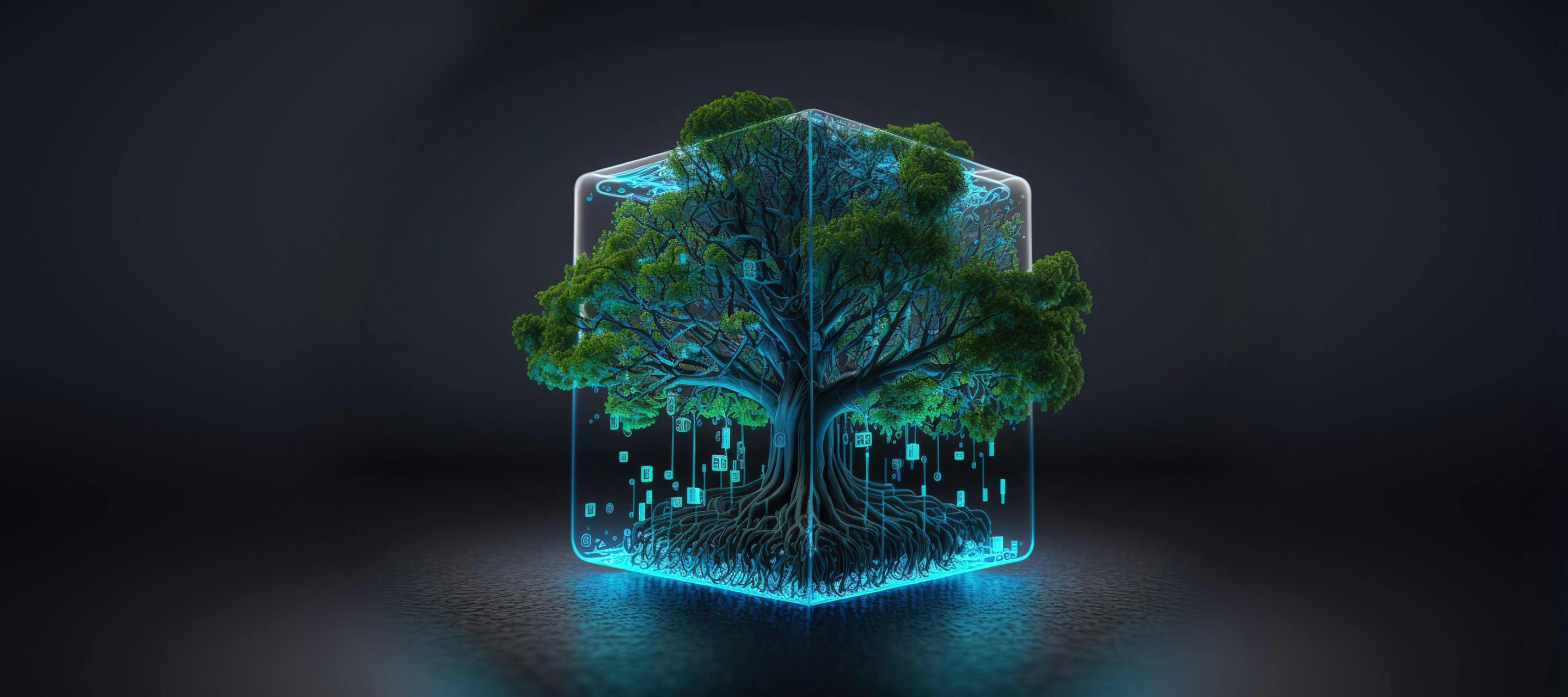RWA – Real-World Asset Tokenization for Beginners

- Date
- 26/03/2024
- Written by
- Dorothée Enskog
- Share
- Leave your opinion (1 reviews)
Tokenizing real-world assets (RWAs) is making expensive tangible assets such as real estate, gold and machinery, as well intangible assets such as patents, goodwill and copyrights, accessible as digital tokens that are stored on a blockchain. Tokenization allows for fractionalization. This breaks down expensive assets into more affordable shares of the asset and thus accessible to a much larger group of investors. It has the potential to democratize and revolutionize traditional finance (TradFi).
The tokenization of RWAs is considered among the most promising use cases of blockchain technology. The market potential is indeed huge, estimated at trillions of dollars, as tokenized RWAs couldpotentially encompass almost any human economic activity.
“Leading banks are preparing for the tokenization opportunity. Following successful pilots on testnets, premier financial institutions are launching production deployments live on mainnet. This provides a blockchain-based foundation to support trillions of dollars worth of tokenized assets,” the Head of Business Development, Asia-Pacific and Middle East at Chainlink Labs, Niki Ariyasinghe said, citing Goldman Sachs, Citigroup, HSBC as examples.
Broadridge’s blockchain-based repo platform already has “over $70B of transaction value that goes through that platform every day. This level of transaction volume for RWAs will expand and replicate across an array of verticals,” he added. Broadridge Financial Solutions is a US fintech company with annual revenues that exceeded $6 billion in 2023.
Lower costs, greater liquidity, transparency & accessibility results
The tokenization of RWAs can in many cases lower the costs for investors, as fees and bureaucracy related to asset management are slashed. Another advantage is that the use of blockchain technology gives greater transparency as all transactions are recorded on public ledgers. The identity behind the addresses carrying out these transactions, however, are generally not real-world identities.
As mentioned earlier, the digitization of the physical assets should result in far greater accessibility to individual investors. The tokenization of RWAs should also result in greater liquidity, notably because crypto exchanges are open around the clock, contrary to conventional financial markets. This is the theory.
Lack of market makers slows development
The reality isn’t as bright as investors hope and significant hurdles remain ahead of tokenized RWAs – notably in terms of liquidity. It’s not enough to have to have a seller and a buyer of RWAs.
“Someone has to make a market in it, and someone’s got to make money making a market in it, so it’s not just that [someone] can create a tokenized real-world asset of anything, it’s who’s providing the market structure around the liquidity,” Jan van Eck, the CEO of the asset manager bearing his last name said in an interview with Raoul Pal.
Lack of regulatory clarity & high set-up costs amongst other major hurdles
The absence of a legal framework for on-chain issuance of RWAs in some jurisdictions, combined with different rules applied in other jurisdictions that constantly change, is another major obstacle to the rapid tokenization of RWAs.
The initial cost and complexity involved in the tokenization of RWAs of should not be overlooked. Given on-chain issuance of tokenized RWAs is banned in most jurisdictions, you need to set up special purpose vehicles (SPVs) in off-shore and tax-friendly jurisdictions.A time consuming and costly task.
“You don’t need to be an RWA expert to understand that this process creates friction, increases costs, and creates a complicated (regulatory) environment for investors,” said the co-founder of Lykke, Anton Golub.
Golub is also one of the founders of SwissAssetDAO, which offers RWA tokenization services under the Swiss distributed ledger law (DLT) law. Switzerland is one of the few countries allowing direct on-chain issuance of RWAs. This is what allowed Lykke to be one of the first firms to tokenize is shares in the form of so-called JANKA tokens. The US regulator, for instance, takes a more cautious approach, while the UK has approved the tokenization of investment funds authorized by the Financial Conduct Authority.
Nor should the risk of fraud (fake tokens being issued) and manipulation of the asset’s valuation be underestimated. Investors nevertheless seem unconcerned as the market for tokenized assets is estimated at a whopping $16 trillion by 2030, according to Boston Consulting Group forecasts. 21Shares, the issuer of crypto exchange traded products, isn’t as optimistic, foreseeing the value of this market between $3.5 trillion and $10 trillion by 2030.
Mantra, a layer 1 blockchain for RWAs for example,raised $11 million in venture capital from Shorooq partners earlier this month to reach its goal of enabling “RWA tokenization that can operate at scale.” This fintech and many others definitely hope to tap into the trillion-dollar market for RWA tokens.